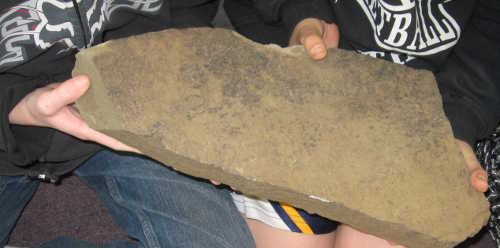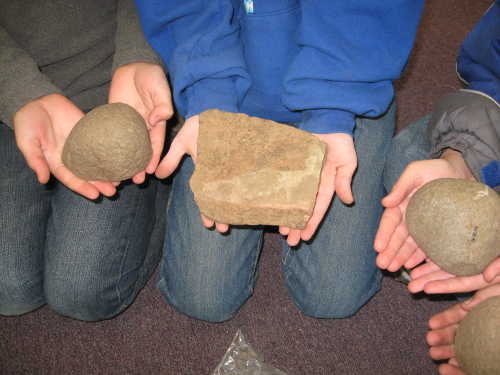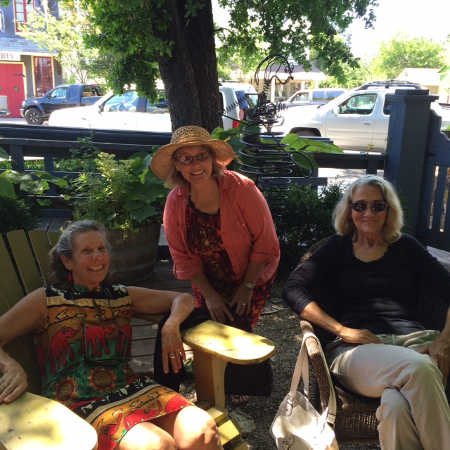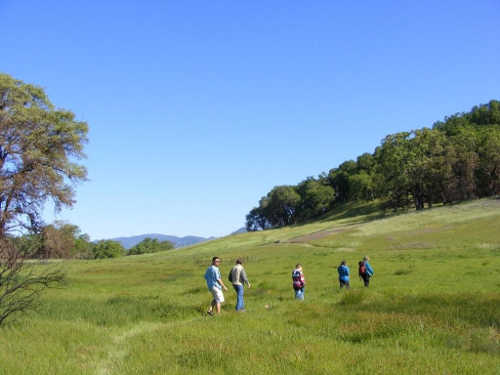- Kathleen Scavone
- Posted On
Lake County Time Capsule: The Miwok Indians

LAKE COUNTY, Calif. – According to anthropologist A.L. Kroeber, California Indians comprised the most diverse cultural range found in what is now the United States.
Before being decimated by the missionaries, settlers and a host of other negative impacts, the Indians thrived in three main territories. Their groups included: The Coast Miwok, Interior Miwok, and Lake Miwok.
As with many Indian groups, their name comes from the work, “person.” It is “miwu,” plural for person.
It was unfortunate for the Coast Miwok that they were among the first Indians to be kidnapped and taken to the missions to become converts of the Spanish padres. In 1794 a group was taken to Mission San Francisco.
Between missionization and the effects of epidemics which spread, thousands of Miwok Indians died at the beginning of the 19th century.
Many of the Interior Miwok were taken to Mission San Jose. Those who were unhappy at the missions and fled were brought back and punished by the soldiers. The Indians tried hiding in the tule reeds, but were soon spotted and captured.
It wasn’t long before they learned how to fight like the Spanish. Then, Indian wars took place, including raids to obtain horses from the ranchos and missions.
With their bucolic lifestyles taken from them, the Miwok teamed with the Yokut Indians to keep the Mexican settlements at bay. In the 1840s European fur trappers, gold miners, and settlers brought yet another wave of death and disease to the Miwok.
Before the times of trouble, Miwok, like their neighbors, were prolific basket makers. They produced bottle-neck baskets, cradles of many varieties, caches (granaries), and many other functional baskets.
They occupied several types of dwellings. The home they lived in was called “kocha” or “uchu” and was earth-covered. In the summer, usually in the mountains, a bark lean-to was used for shelter. They made use of a dance house for Kuksu religious ceremonies.
During one dance, called the “Akantoto” the dancer entered by spectacularly sliding down the center pole head first, while gripping the pole with his legs until he reached the floor of the dance house.
Dance costumes could be quite elaborate. During the “Kalea” dance a special feather cape was worn over the back, and a type of hair net worn. During the “grizzly bear” ceremony, or “Uzumati” the performer placed curved obsidian shards on his fingernails to represent bear claws for this important dance.
Dances were many and varied in purpose. They were not always performed by a shaman. Women were allowed to view the dances, and sometimes took part in them as well. Other dances included the “Helekasi,” “Mamasu,” “Yuhuha,” “Henepasi” and “Alina.”
The acorn cache was an important feature of every homesite. It was basket-like in construction, having been carefully coiled to hold several bushels of acorns.
To ready them for consumption the acorns would then be pounded with stone pestles on mortar slabs, and the meal could then be leached to rid it of tannins, and prepared as mush, bread, or a host of other mainstays.
Other important foods were seeds, nuts, berries, and animal foods like deer and tule elk. In this hunter-gatherer society there was an abundance and variety of food.
It was not necessary to cultivate plants, other than tobacco. Tobacco was obtained in the wild, but they found that the leaves grew larger in the cultivated variety. Tobacco was only smoked for special occasions. Pipes constructed of manzanita, oak, maple or ash were used.
The Miwok Indians took their deer hunting very seriously. Deer was one of the most important animals they hunted. A deer hunt could be conducted with a small group, or individually. When hunting individually, the deer was followed while the hunter wore a deer-head disguise. During a communal hunt a deer was often netted, then the food shared by all of the hunters.

Other important game that was hunted included antelope and elk. Again, these were stalked by the hunters wearing a disguise.
Rabbits supplied the Miwok with a large portion of the meat they consumed. Sometimes the whole village would get involved in a rabbit hunt and drive the rabbits into a net. The net was specially prepared for the hunt and could be 3 to 4 feet in height and about 400 yards in length. Traps and snares could be used as well.
Ducks could be hunted by netting them, while quail were often caught by snares. Also snared were pigeons, flickers and jays.
If woodpeckers were being pursued, sometimes many of the holes in their trees were plugged, allowing the birds that flew into remaining unplugged holes to be caught.
Fishing was aided through the use of nets, and sometimes baskets. There were several kinds of nets, including casting nets and nets for dipping in river fishing holes. The use of a hook and fishing line was also popular, as was the harpoon. Hooks and harpoons were often made of obsidian.
Another variation of obtaining fish was through the use of soaproot or crushed buckeye nuts. When these plants were added to the fishing waters, the fish were temporarily stunned and could be harvested by scooping them up.
The spoils of the hunt were not only enjoyed soon after the hunt, but were also prepared for future, leaner days. The meat and fish could be dried to preserve it, either by fire or solar heat.
If consumed right away, meat could be cooked on hot coals. Fish and fowl were often roasted by placing them in the fire’s ashes.
A variety of foods was prepared by placing them in an earthen oven, where they could be baked or steamed. Grasshoppers, bulbs, and other plant foods were cooked in the earthen oven.
Strong traditions like hunting, food preparation and storytelling held a sacred place in the lives of the Miwok.
Kathleen Scavone, M.A., is an educator, potter, writer and author of “Anderson Marsh State Historic Park: A Walking History, Prehistory, Flora, and Fauna Tour of a California State Park” and “Native Americans of Lake County.” She also writes for NASA and JPL as one of their “Solar System Ambassadors.” She was selected “Lake County Teacher of the Year, 1998-99” by the Lake County Office of Education, and chosen as one of 10 state finalists the same year by the California Department of Education.




















